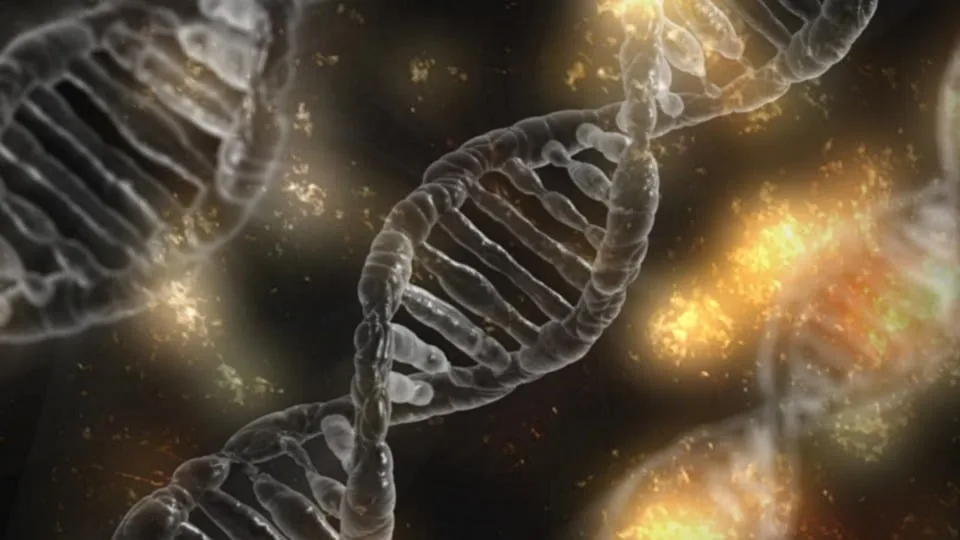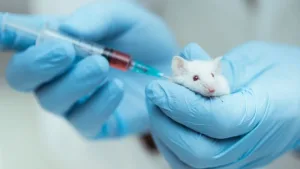Understanding Viruses: How They Operate
Viruses, tiny yet impactful, rely entirely on a host to replicate. They invade living cells, exploiting resources and energy. They then commandeer the host’s cellular mechanisms to produce more viruses.
The Host Dependency of Viruses
Viruses are inert outside of a host. They lack the machinery necessary for independent replication, making them obligate intracellular parasites. Once inside a cell, they initiate a complex series of events.
- Attachment: Viruses attach to the host cell surface.
- Entry: They enter the cell through various mechanisms.
- Replication: They use the host’s resources to replicate their genetic material and proteins.
- Assembly: New viral particles are assembled.
- Release: These particles are released to infect other cells.
Hijacking Cellular Machinery
The viral hijacking process disrupts normal cell function. This interference can lead to cell damage or death, resulting in disease. Understanding these mechanisms is crucial for developing antiviral therapies.
Implications for Health
Viral infections range from mild to severe. Effective prevention and treatment strategies require a deep understanding of viral replication. Research continues to explore innovative approaches to combat viral diseases.
Final Overview
Viruses’ reliance on hosts for reproduction highlights their intricate relationship with living organisms. Studying these mechanisms is vital for advancing medical knowledge and developing effective treatments against viral infections.




+ There are no comments
Add yours